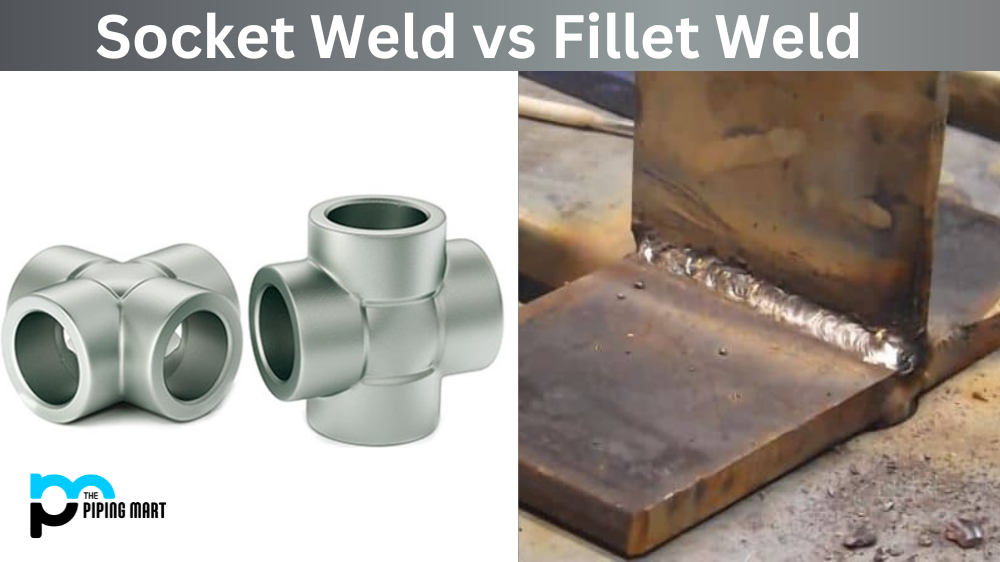Manual pinch valves are popular for many applications thanks to their low cost, ease of maintenance, and high reliability. But like any other product, they come with their own set of advantages and disadvantages. Before you invest in a manual pinch valve, it’s important to understand what it can and can’t do for you. In this blog post, we’ll explore the pros and cons of manual pinch valves so you can make an informed decision.
Advantages of Manual Pinch Valves
Affordability: One of the biggest advantages of manual pinch valves is their low cost. These valves are the least expensive, making them an excellent choice for budget-conscious organizations.
Ease of Maintenance: The manual pinch valve is easy to maintain because it has only one moving part – the pinch sleeve. This part can be easily replaced when it wears out. The maintenance is simple: removing two bolts can replace the sleeve in a few minutes.
High Reliability: Manual pinch valves are designed for high performance and reliability. These valves are incredibly robust and can withstand extreme pressure conditions, making them ideal for harsh environments where other valves often fail.
Excellent Flow Control: Manual pinch valves offer excellent flow control, which makes them an ideal choice for applications such as slurries, viscous fluids, and high-pressure gases. They provide a tight shut-off uniform flow and prevent clogging by passageways.
Disadvantages of Manual Pinch Valves
Limited Service Life: Although manual pinch valves are designed to be durable and robust, they have a limited service life. The sleeves of these valves must be replaced periodically as they break down over time. Operating these valves beyond their maximum use will result in reduced performance.
Flow Capacity: Manual pinch valves have a lower flow capacity than other valves. They are ideal for lower flow rates, typically 5-4000 L/h applications. If you need to move a large amount of fluid, there may be better choices than a manual pinch valve.
Limited Control: Manual pinch valves cannot provide precise flow control. They can only control flow by narrowing or widening the pinch sleeve. If you require precise flow control, an actuated pinch valve would be a better choice.
Difficulties in Operation: Manual pinch valves require manual intervention, which can be an issue in certain applications. The maintenance and operation can be cumbersome if you need to control the valve remotely or have many valves.
Conclusion:
Manual pinch valves are well-suited for applications that require low flow rates and easy maintenance at a reasonable cost. However, they may be better for applications that need precise flow control or high flow rates. Before choosing a manual pinch valve, consider all the advantages and disadvantages discussed above to determine if this type is the right choice for your application. If you need help selecting the perfect pinch valve for your application, contact us, and we can assist you.

Pipingmart is a B2B portal that specializes in metal, industrial and piping items. Additionally, we share the latest information and information about materials, products and various types of grades to assist businesses that are involved in this business.




